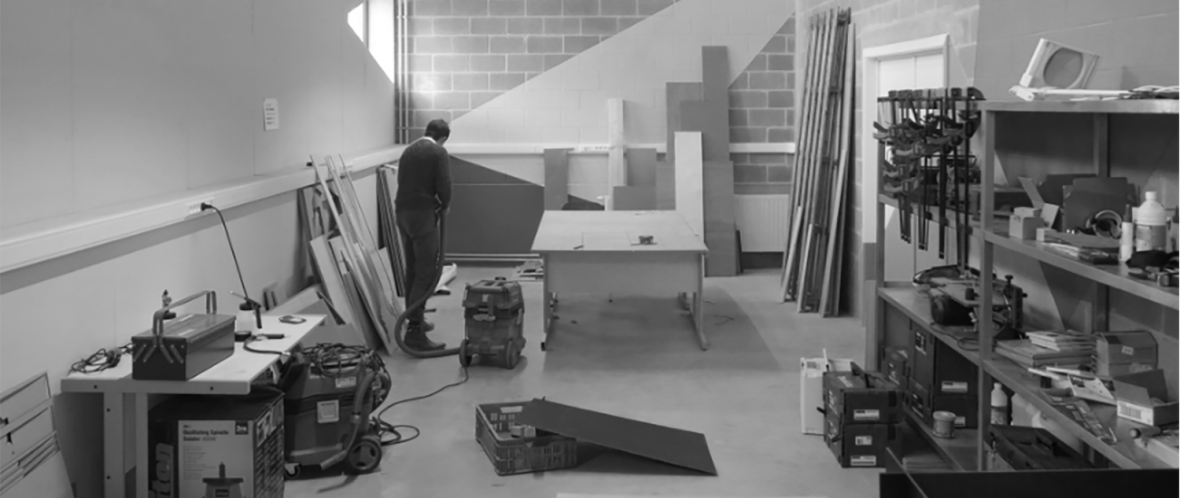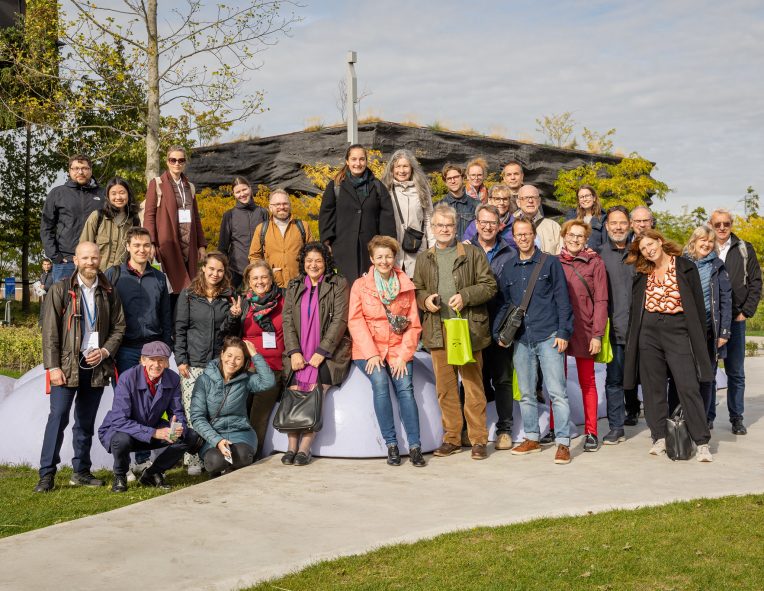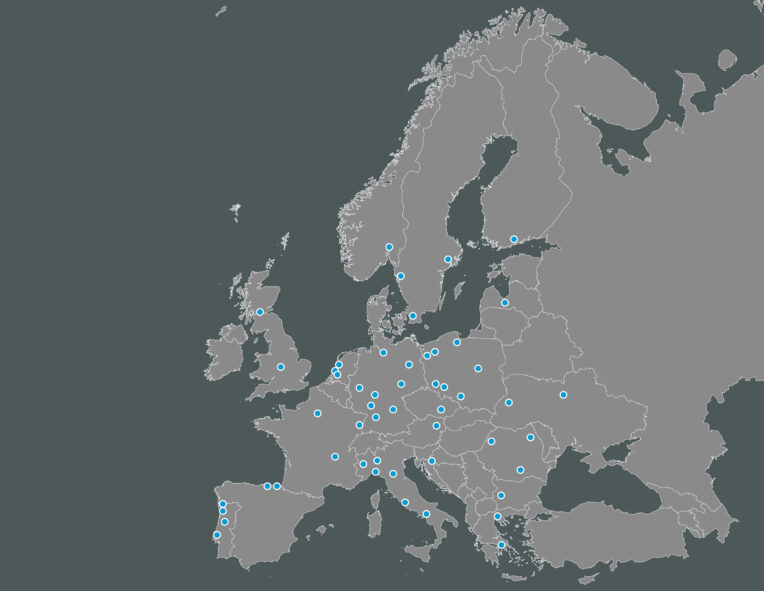The City of Oslo
Ida Søgnen Tveit, urban planner in the City of Oslo, Norway, has presented the new ambitions of the Nordic capital to become a climate-friendly environment enabling industries and business-related activities to settle and prosper within the city borders. The public authority is currently working to equip itself with a new municipal Masterplan which, within the framework of the Climate Strategy goals, introduces guidelines to ensure spaces for commercial and industrial activities in the fringes. This choice entails rules about Business localization according to the ABC principles of the “right business at the right place”[1] and guidelines for the development of innovation districts and urban logistics.
The new municipal Masterplan (which hasn’t been approved yet) is detailed and visionary despite remaining at a pilot phase. It organizes the territory adopting a differentiated urban development approach (6 categories with different levels of area floor ratio and different shares balancing housing and industrial/commercial development). The biggest change is that areas which are today land for production, logistics and extensive commercial activities, will maintain this destination in the future instead of being earmarked to housing. Most of these areas are located in the eastern part of the city.
In this particular area of the city the Innovation district Hovingbyen circular Oslo is currently being developed. This is located in the biggest urban fringe development area of Oslo. Hovinbyen is as big as the size of the inner city. By redeveloping this area, the City is actually expanding it by doubling its size. Hovinbyen circular Oslo embraces three different neighbourhoods (Økern, Ulven and Haraldrud) within the framework of the Oslo knowledge City strategy. Hence, sharing the space with a large industrial park, private and publicly owned, textile production and carpenters, there is also a professional school and soon there will be an office hub for construction companies. Synergies between the school and the industrial sector have been encouraged.
One of the main challenges faced by the City is determined by the current planning instrument which provides for the land use of the area residential development and housing densification – definitely more profitable for the individual landowners; opposite to that, the new Masterplan sees the need for more industries and businesses, which would require a more complex and sophisticated economic spatial plan and redevelopment model as it has been shown in the Dutch case which is currently under implementation.
The challenging question for Oslo is: how can enough space for commercial, productive and logistic activity be provided within the city borders? One of the ways this is solved is by imposing the obligation for collaborative planning, forcing the landowners to elaborate joint common plans in each development area of the city, before individual zoning plans are taken into consideration. Together with the strategic guidelines, this is one of the tools the city has to maximize the potential of former industrial land and secure space for industry, knowledge based production, commercial activities and logistics infrastructures.
The regional plan for land-use and transport for Urban logistics defines terminal areas and regional commercial areas. However, the current urban development strategy is pushing these functions further out into the outskirts of the municipal territory. Addressing the urgency of introducing more sustainable, efficient and safe last-mile logistic solutions, the City elaborated the BYLO project which implies the collaboration of different sectors in the Oslo Municipality and the coordination with the neighboring municipalities in the attempt to make one regional logistic plan or a toolbox to include the Urban Logistics system and regulations within urban planning tools to achieve more effective territorial management.
Back to the Productive Cities Expert Group Meeting – November 2023
[1] A: business that attract many people must be located centrally or close to public transport with good access for pedestrians and cyclists.
B: Businesses that generate traffic, pollution and noise must be located outside the residential areas and in the peripheral parts of the city
C: A mix of A and B can be located all over the city but must follow the above principles



